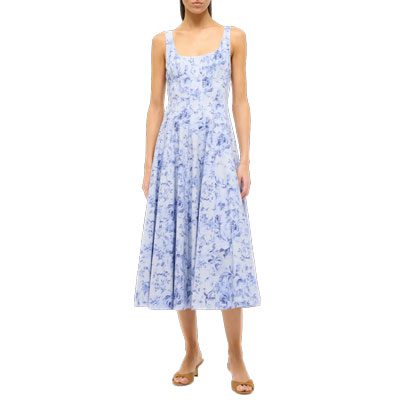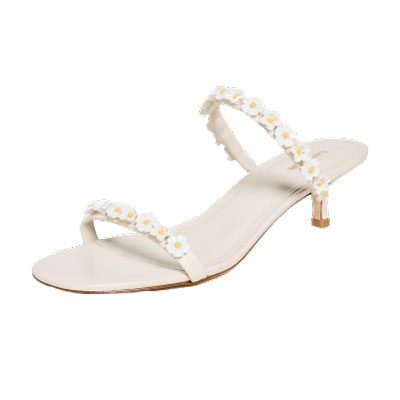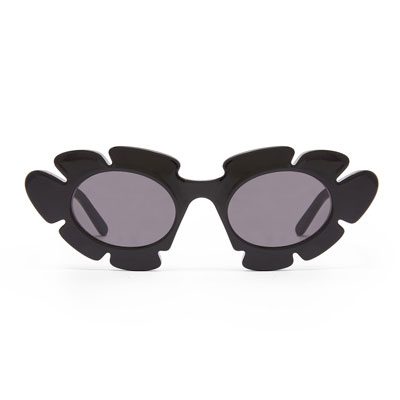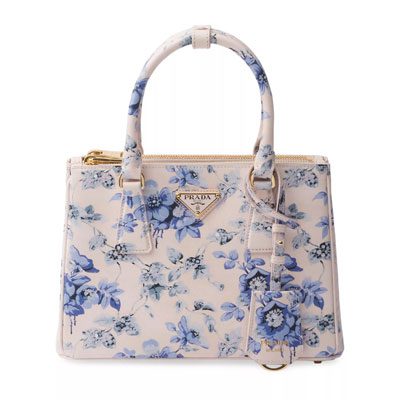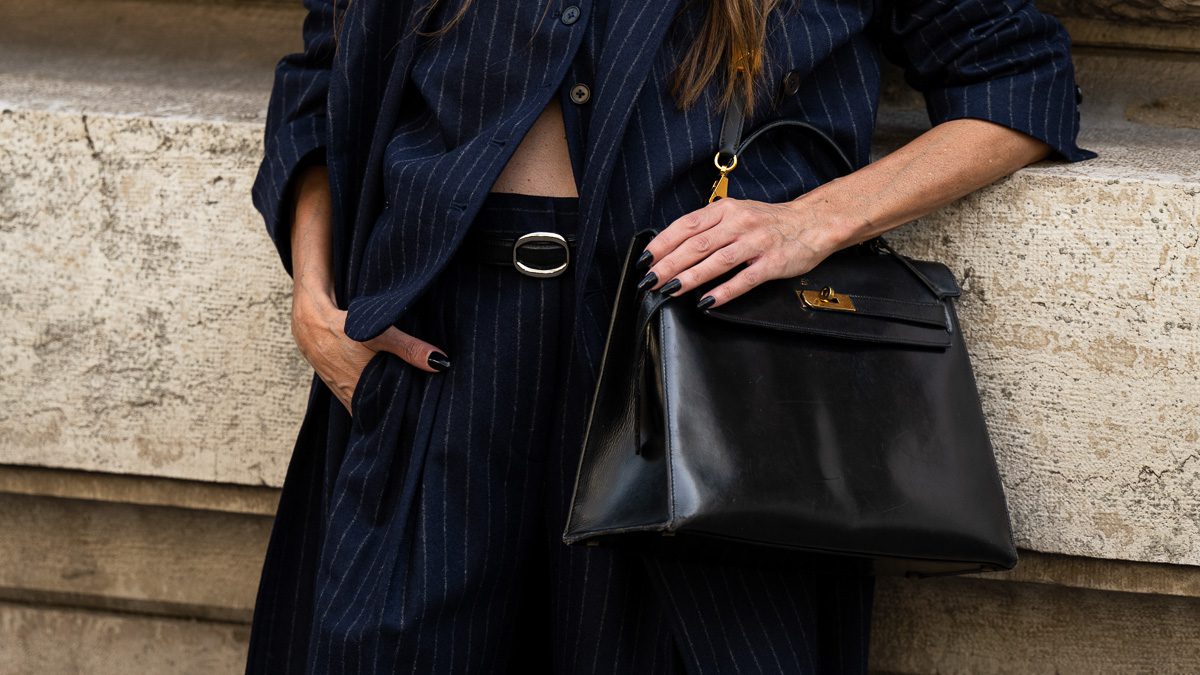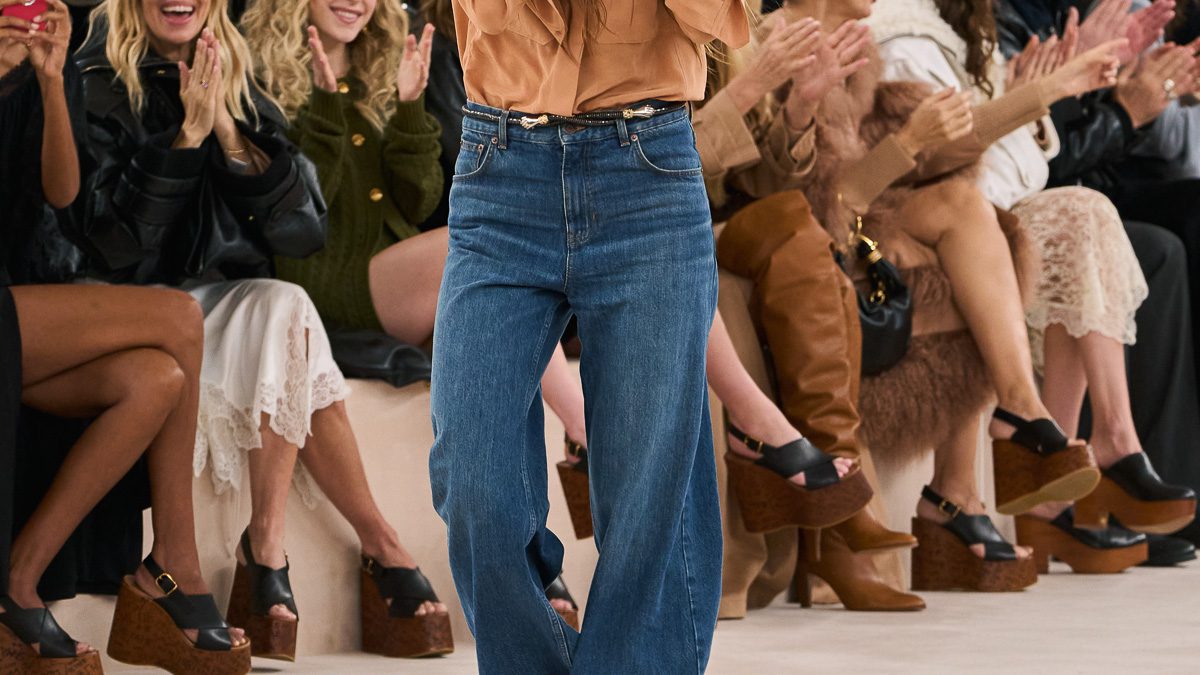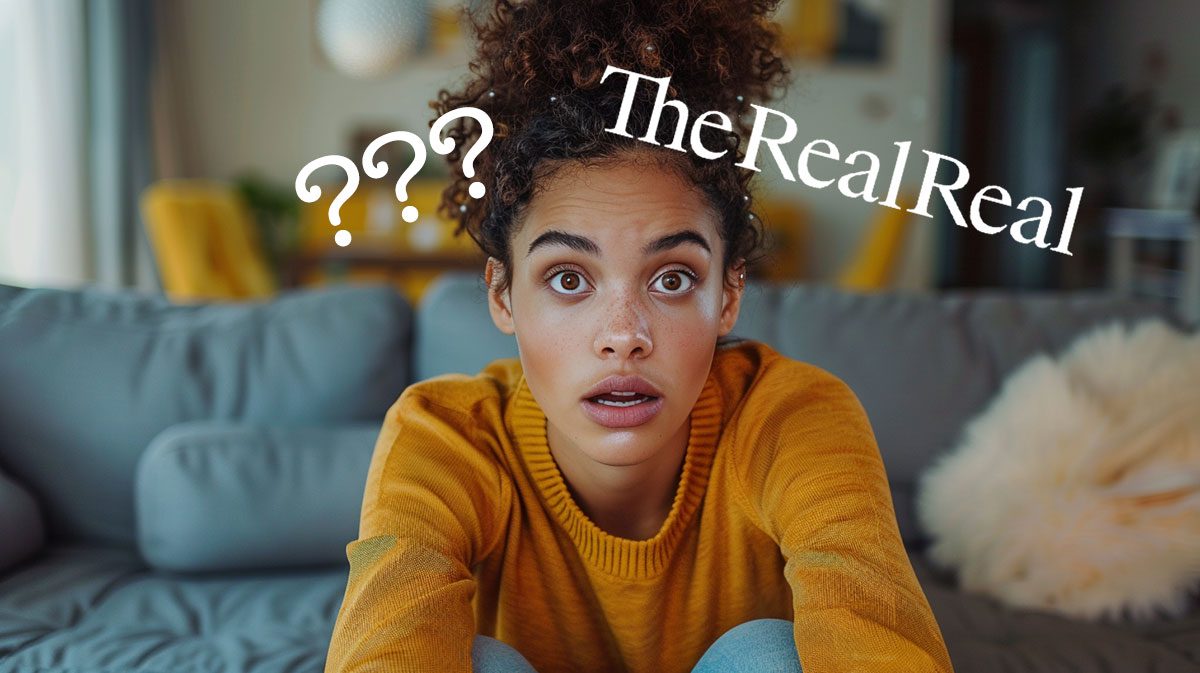Anyone who knows me by now knows that I love trying to figure out how the world works. I like to inspect the sociological factors hidden behind seemingly mundane things, such as our favorite foods, taste in home decor, and even our desires for certain luxury brands. Most of the time we like to attribute everything we do or enjoy up to our own personal preferences, but the truth is that all those preferences are not as original and naturally-formed as we believe them to be. They are all dictated in some way by the specific values of the culture we were raised in. How we grow up (or how we connect with a culture that we’ve assimilated into) shapes what we view as normal or cool or fashionable or strange or offensive or blah blah blah…
So being my normally nosey self, I decided to do a little research on other cultures and how people might engage with the luxury market depending on which region of the world they hail from. I picked four large countries (based on population size, landmass, and growth potential of the luxury market) and some of their value sets to serve as examples in my amateur study.
Before I begin, I want to make it known that I am interpreting this research from an outsiders’ perspective for three of these examples. I do not and never will claim to be completely knowledgeable about the intricacies of a nation’s culture and I fully acknowledge that each country has its own extensive history that likely shaped its current value system. My understanding is limited to the stats and facts of (reputable) research sites and interactions I have had with a few acquaintances from these places.
So with that being said, how does our cultural lens—the way we were taught to see and interact with the world—influence our preferences for luxury goods?
China: Individualism & Collectivism

As China’s economy continues to grow and rapidly expand its middle and upper-middle classes, more and more of its residents are eager to become participants in the luxury market. Just before the COVID-19 pandemic hit, Chinese consumers were attributed as being responsible for 90 percent of the luxury market’s growth in 2019. This statistic alone has forced global luxury brands into a constant race to keep up with the citizens’ demands for high-end products. Brands need to appeal to a population that is digitally-savvy, increasingly well-traveled, and happy to live an aspirational lifestyle.
Chinese culture is traditionally known to be rather collectivist, meaning citizens tend to place a greater value on working as a group, being selfless, showing pride for their centuries-old culture, and doing what is best for society as a whole. Many of its residents do indeed hold these values, but more and more people have turned their luxury buying habits into another way of expressing their individuality.
Even though Chinese consumers are said to associate luxury with exclusivity and overwhelmingly show a preference for vintage leather goods from brands with solid histories (Chanel, Hermès, Dior, etc.), they still really enjoy making things their own with personalization techniques such as hot stamping, embroidery, monogramming, and cute charms of all kinds.
India: Diversity & Interdependence

India is extremely diverse with a population of more than one BILLON people, seven dominant religions, and 22 languages (not including English, which is also considered to be an official language.) It is inevitable that people would need to learn to get along when they have that many neighbors.
Although India is known for being a stratified society, its citizens value interdependence and like to lean on their family, friends, and community for support and assistance; As a result, they tend to enjoy shopping from places that offer loyalty programs or have membership perks for this very reason.
Their brand preferences tend to be just as diverse as their society with an even mix of prestige brands and premium to high-end brands (Diane Von Furstenberg, Alexander McQueen, etc.) being valued. Beloved Bollywood stars serve as primary fashion inspiration and this leads to them associating buying luxury brands with an increase in the quality of life and personal recognition of their own spending power.
Most notably, Indian consumers have also shown the strongest interest in the sustainability practices of the fashion industry and increasingly demand that their garments (luxury or otherwise) are produced using methods that aren’t harmful to either the environment or their fellow human beings. Right on, India!
Russia: Trust & Integrity

The market for luxury goods in Russia is still considered quite new when compared to that of many other nations. It is still regarded by economists as an emerging market that is being pushed by new-money millennials who are slowly confirming to certain trends of the western nations.
Regardless of this slow shift, people are more likely to place their trust in the opinion of their peers and relatives more so than those of outsiders. Their strong valuing of personal relationships combined with the ongoing discord over digital content and infrastructure laws makes them less likely to look towards random celebrities or social media influencers for inspiration when choosing brands.
Overall, Russians are not ones to take anything at face value and so the real allure of a luxury brand must come from marketing efforts that justify the product’s high price.
That being said, they still enjoy putting a lot of effort into their personal appearance and while Louis Vuitton currently holds the top spot for luxury leather goods, apparel from high-end Russian designers (such as Alena Akhmadullina) are still very popular and highly-respected.
USA: Egalitarianism & Competition

Americans are brought up to see ourselves as masters of our own destinies. We are raised on the notion that competitiveness is somewhat of a virtue and so we largely value action and achievement for our own sake. We are fueled by social media and like to know how we measure up against our peers. Although we like to be (or appear to be) busy people, we still move through the world with a sense of informality and lighthearted enthusiasm injected into our everyday interactions. We chit chat with grocery store clerks, smile at strangers, and show interest in others by asking them loads of questions.
This same informalness shows itself in our love of casual clothing and makes us some of the biggest consumers of streetwear. That attachment to comfiness is then combined with our fascination with things that are new and innovative to make us more open to purchasing interesting brand collabs (like this cool Fendi X Joshua Vides collaboration.)
Similar to Chinese consumers, we genuinely want our luxuries to be integrated into our aspirational lifestyles as opposed to being shiny add-ons that we only use on special occasions.
This has pushed us to consider the versatility of luxury bags and resulted in a desire for more than just purses. Designer shopping totes, backpacks, briefcases, and beach bags have all found a place in our everyday lives.
It is apparent to me that understanding peoples’ drives and associations with luxury goods is paramount to pleasing them. Our preferences are not random but usually come from something’s ability to line up with our view of the world (or at least how we think the world should be.)
What we want in and out of life can be a representation of the type of person we want to be, an attempt to feel in-sync with others around us, a way of conforming to expectations placed on us, a way of rejecting traditional norms, or a way to show our station in life. So it is safe to say that any internationally-revered luxury brand that we might deem to simply be one of our preferences has actually succeeded at one very important thing: it has somehow managed to align with all of our broader intercultural values.
Sources:
- World Market for Luxury Goods. (n.d.). Retrieved October 31, 2020
- Luxury Goods in Russia. (n.d.). Retrieved October 31, 2020
- Luxury Goods in China. (n.d.). Retrieved October 31, 2020
- Luxury Goods in India. (n.d.). Retrieved October 31, 2020
- Luxury Goods in the US. (n.d.). Retrieved October 31, 2020
- Danziger, P. (2020, May 15). Fate Of Luxury Depends On China, But Continued Success There Is Not Guaranteed. Retrieved October 31, 2020





